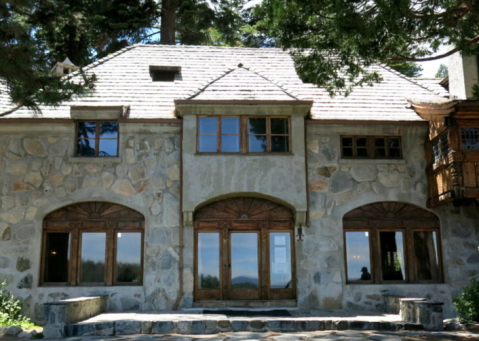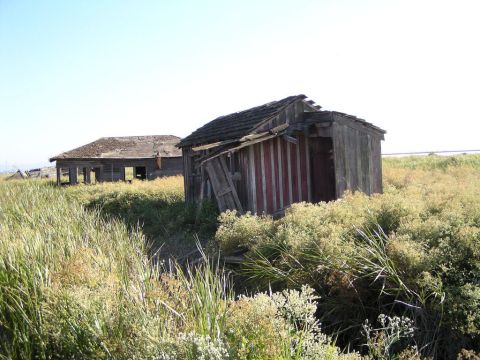Here Are The 14 Oldest Towns In Northern California... And They're Loaded With History
Northern California has a lot to be proud of when it comes to her piece of American history. California was the 31st state admitted to the Union on September 9, 1850 and since then there have been dozens and dozens of cities that have popped up around here.
We thought it’s time to shine a spotlight on those towns that have survived been around the longest. Just like your great-uncle Bert, they deserve their fair share of respect.
FYI: We went by the year these dear old towns were “incorporated” NOT “founded”.

The island Alameda occupies what was originally a peninsula connected to Oakland. Much of it was low-lying and marshy, but on higher ground the peninsula and adjacent parts of what is now downtown Oakland were home to one of the largest coastal oak forests in the world. The area was therefore called Encinal, Spanish for "forest of evergreen oak." Alameda is Spanish for "grove of poplar trees" or "tree-lined avenue," and was chosen in 1853 by popular vote.
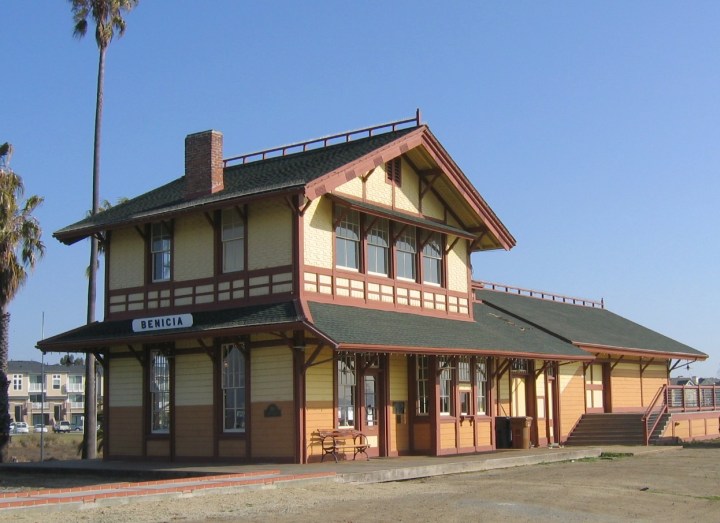
Benicia served as the state capital for nearly 13 months from 1853 to 1854. The city was named for the General's wife, Francisca Benicia Carillo de Vallejo. The General intended that the city be named "Francisca" after his wife, but this name was dropped when the former city of "Yerba Buena" changed its name to "San Francisco." So Sra. Vallejo's second given name was used instead.
Advertisement
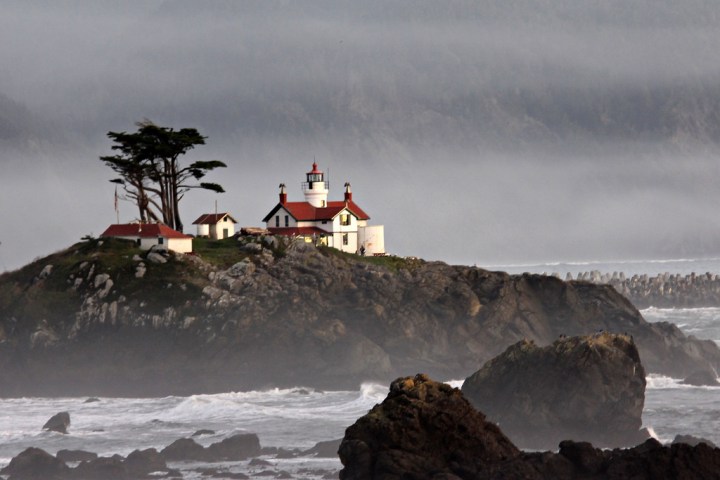
Named for the crescent-shaped stretch of sandy beach south of the city, Crescent City had a total population of 7,643 in the 2010 census, up from 4,006 in the 2000 census.
Advertisement

"Eureka" received its name from a Greek word meaning "I have found it!" This exuberant statement of successful (or hopeful) gold rush miners is also the official Motto of the State of California. Eureka is the only U.S. location to use the same seal as the state for its seal. Eureka is the largest coastal city between San Francisco and Portland.
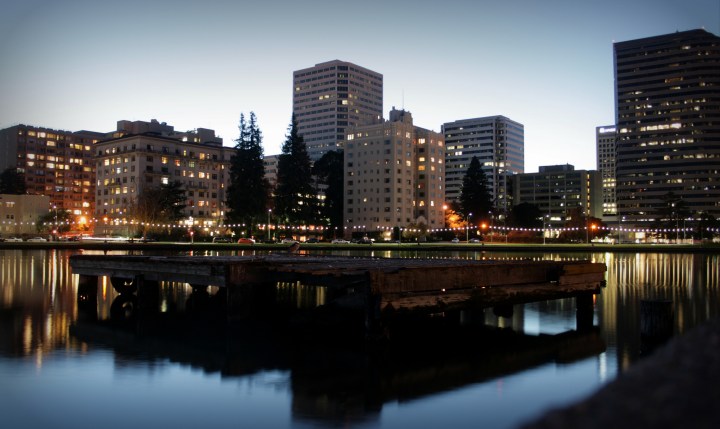
In the late 1860s, Oakland was selected as the western terminal of the Transcontinental Railroad. Following the 1906 San Francisco earthquake, many San Franciscans relocated to Oakland, enlarging the city's population, increasing its housing stock and improving its infrastructure. It continued to grow in the 20th century with its busy port, shipyards, and a thriving automobile manufacturing industry. It's ranked eighth largest city in California and takes first place for the most dangerous city in Northern California. Go big or go home, Oakland.

1848 sparked the California Gold Rush. The small town now known as Placerville was known as Dry Diggin's after the manner in which the miners moved cartloads of dry soil to running water to separate the gold from the soil. Later in 1849, the town earned its most common historical name, "Hangtown," because of the numerous hangings that occurred there.

The city is named after Robert F. Stockton and was the first community in California to not have a name from Spanish or Native American origin. It was previously known as "Tuleburg," "Fat City," and "Mudville." We're glad those last two didn't stick.

In March 1851, Abraham Thompson, a mule train packer, discovered gold near Rocky Gulch while traveling along the Siskiyou Trail from southern Oregon. By April 1851, 2,000 miners had arrived in "Thompson's Dry Diggings" to test their luck, and by June 1851, a gold rush "boomtown" of tents, shanties, and a few rough cabins had sprung up. Several name changes occurred until the little city was called Yreka. The name comes from the Shasta language /wáik'a/, for which Mount Shasta is named. The word means "north mountain" or "white mountain."
Advertisement
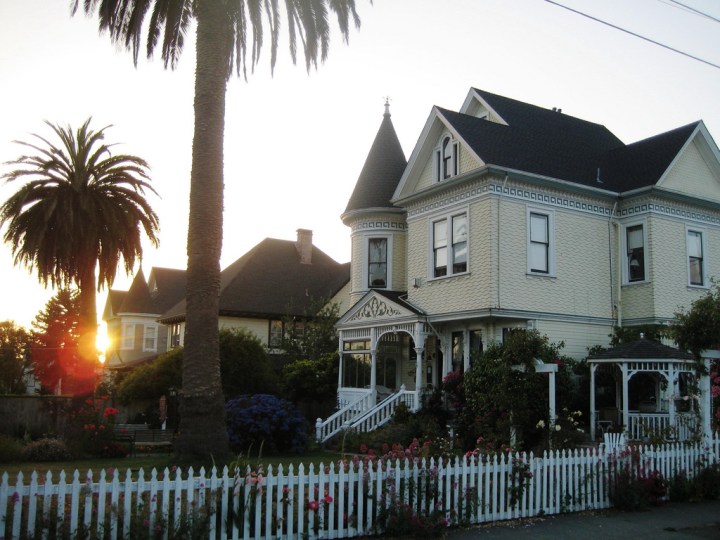
Arcata has been notably progressive in its political makeup, and was the first city in the United States to elect a majority of its city council members from the Green Party. As a result of the progressive majority, Arcata capped the number of chain restaurants allowed in the city. Arcata was also the first municipality to ban the growth of any type of genetically modified organism within city limits, with exceptions for research and educational purposes.

Petaluma is a transliteration of the Coast Miwok phrase péta lúuma which means hill backside and probably refers to Petaluma's proximity to Sonoma Mountain.
Petaluma has a well-preserved, historic city center which includes many buildings that survived the 1906 San Francisco earthquake.
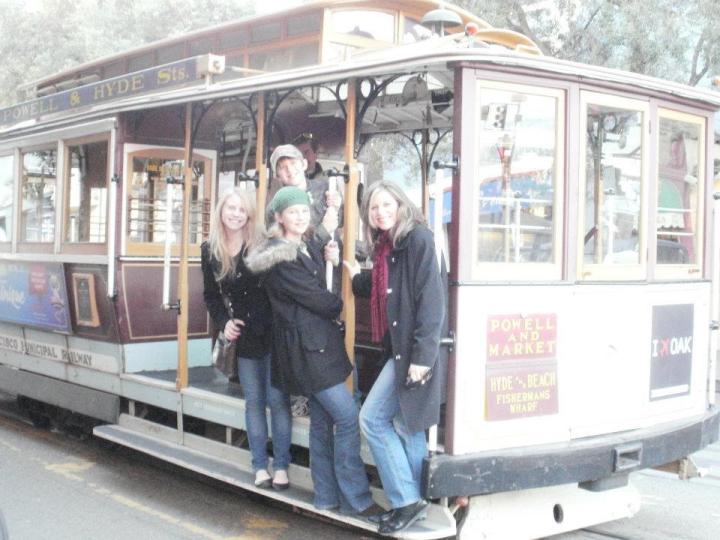
Joanne Kraft
San Francisco is known for its cool summers, fog, steep rolling hills, eclectic mix of architecture, and landmarks, including the Golden Gate Bridge, cable cars, the former Alcatraz Federal Penitentiary, Fisherman's Wharf, and its Chinatown district.

After more than 150 years as a small farming community, the San Jose area in the mid-20th century contained some of the last undeveloped land near San Francisco Bay. It then began to experience rapid population growth, much of it coming from veterans returning from World War II. It's the third largest city in the state and the 10th largest city in the United States.
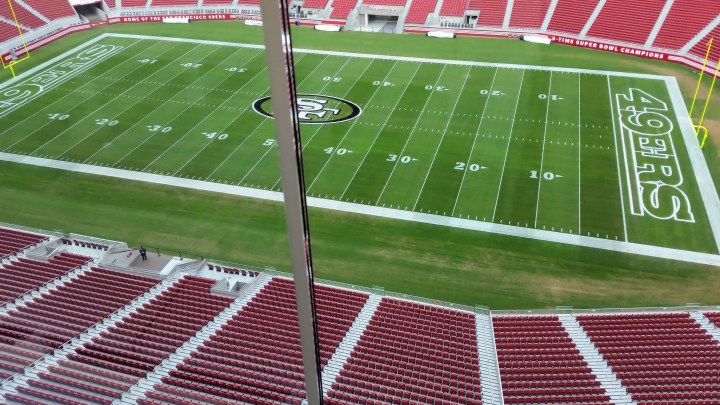
Santa Clara is the home of the 49ers new football stadium. In 1905, the first public high-altitude flights by humans were made over Santa Clara in gliders designed by John J. Montgomery. The semiconductor industry, which sprouted up around 1960, changed the city.
Advertisement

Sonora has cool, wet winters and hot, mostly dry summers. Founded by Mexican miners - reminiscent of the state of Sonora, Mexico - during the California Gold Rush, Sonora was once a booming center of industry and trade in California's Mother Lode. As "gold fever" died down, Sonora's size and population steadily decreased over the years.
How many years has your family lived in one of these cities? Which one is your favorite to visit?
OnlyInYourState may earn compensation through affiliate links in this article. As an Amazon Associate, we earn from qualifying purchases.



